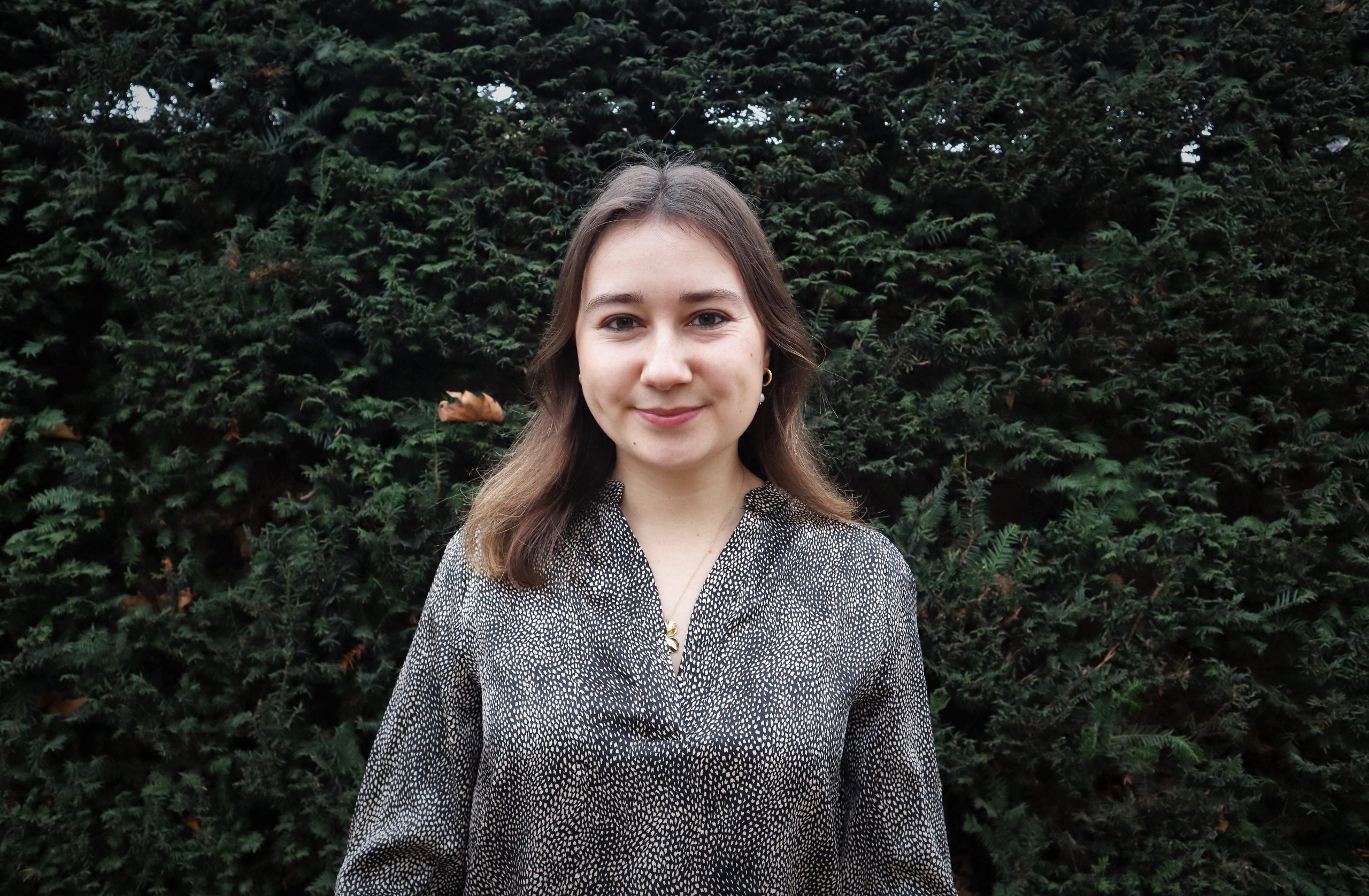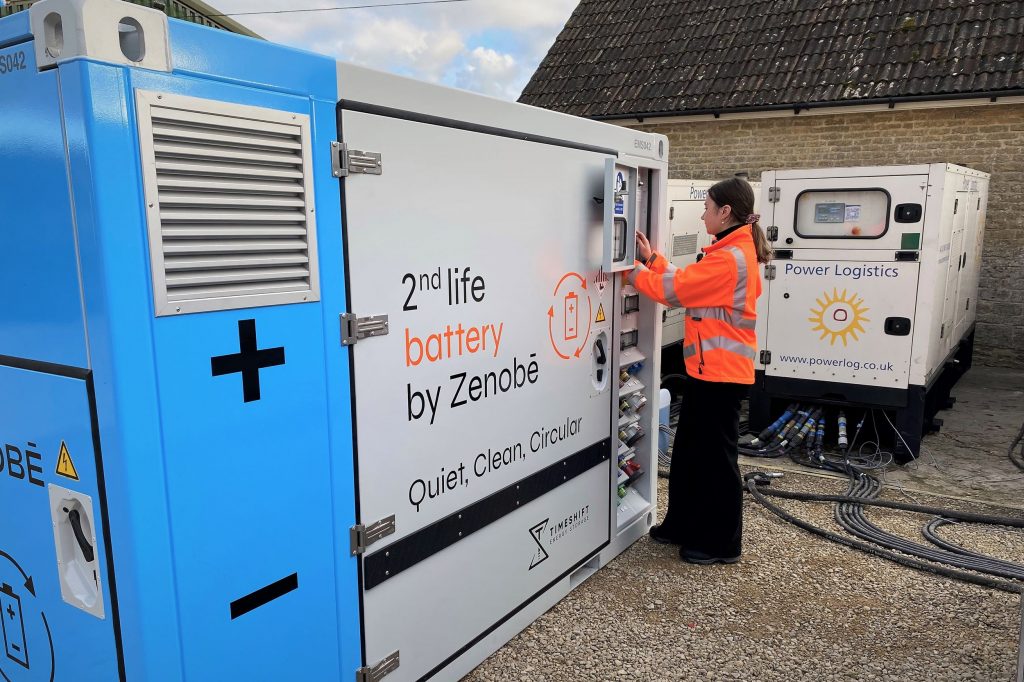Circular solutions: an interview with Saskia Krefting, EV Business Development Intern
Saskia tells us about her internship experience at Zenobē and why the film and television industries are the perfect fit for second life battery solutions.

01.
Saskia, tell us about your background and why you decided to apply for an internship with Zenobē?
I am in the EV business development team here at Zenobē where I work across both fleet and second life battery projects. Before my internship with Zenobē I studied Materials Science at Oxford and my Masters was focused on battery technology.
Last summer I completed an internship with an electric vehicle manufacturer, so I was keen to do another internship to explore the EV sector a bit more. With my Masters I was already looking into batteries and EVs and I could see it’s a space that’s so exciting to be in. I like that at Zenobē we are working with technologies that are always evolving, whether that’s the software we are using to make the buses run more efficiently or the new chemistries that are being used in the batteries.
From a commercial perspective there is so much demand now as everyone is moving towards net zero solutions, whether that’s the transport sector or different industries that need batteries.
02.
You work across Zenobē’s second life battery solutions, can you tell me more about this?
We are really striving for a circular economy with the batteries we use on the EV fleet side of the business and I don’t think that happens enough – companies taking responsibility for their products for their whole lifecycle.
During their lifetime, batteries tend to degrade in terms of capacity. For an electric vehicle, that means they have shorter ranges for a single charge. When the batteries on buses no longer cover the distance that the bus requires, they need to be taken off and replaced. But that battery still has a lot of life to give.
Once the batteries have been used in a bus, we will repurpose them by integrating them into a new system. We then find them a second life either as stationary power in an ‘Energyskid’ at bus or distribution depots, or as a ‘Powerskid’ on film sets or at live music events where diesel generators have typically been used.
03.
What is the role of a second life battery and how are they used?

Our Powerskids can be used in two different modes – off-grid and on-grid:
The on-grid mode is great for areas or situations where there is inadequate grid supply. The Powerskid connects to the grid and recharges off the grid when the power demands are low. But when there are suddenly peaks in demand the second life battery will come in and power those demands.
The off-grid mode is great for remote locations, where there is no grid connection and diesel generators would usually be used.
04.
How may a second life battery be used in industry, for example within TV and Film?
Working in remote locations is very common in the television and film industries where there are shoots happening in all sorts of locations. In this scenario the Powerskid can be integrated into a hybrid system with a diesel generator. reducing the running time of the diesel generator to just one third of the time used before. This has great benefits because it saves carbon being emitted and the cost of diesel fuel as well.
We applied this model for Bovingdon Airfield Studios where we used one of our Powerskids on a three-week project of day and night shoots in London. Over three days our Powerskid was used as part of a hybrid solution and avoided 1,400 kilos of carbon dioxide from being emitted and saved 550 litres of diesel from being used. That saved over £1,000 in fuel costs. Our second life batteries all run silently which is another added benefit when used on film sets that need moments of silence.
05.
What has your internship experience been like at Zenobē so far?
Everyone has been friendly and supportive and took time out to sit down and show me different parts of the company.
At first I thought that being in a company that specialises in battery storage solutions would be a really specialist role but I found because of being in a smaller company it’s been the opposite – I’ve found its quite generalist. I’ve had a lot of different responsibilities including financial modelling, peak power analysis, and putting together proposals for clients and our investment committee board. I’m even going to spend three months on a placement at the Sydney office!
